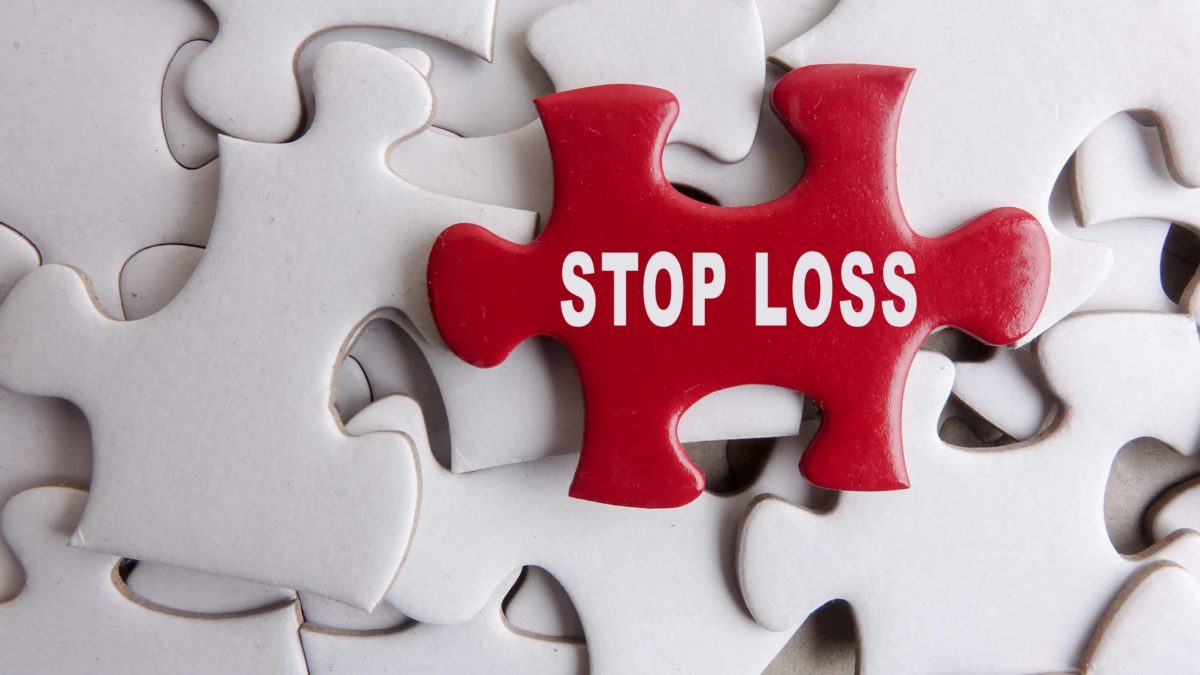Stop-loss orders are becoming an increasingly popular mechanism for ASX investors to use in the course of their investing. On the surface, a stop-loss order looks too good to be true. You buy shares, and then issue a stop-loss order to your broker, which tells them to bell those shares if they fall to a certain price. You get to capture all of the potential upside of your investment, while at the same time taking the possibilities of a portfolio-crushing loss off the table. Win-win, right?
Well, personally, I don't think stop-losses are such a good idea, regardless of how nice they sound. Here are 3 reasons why:
3 reasons I avoid stop-loss orders
You won't necessarily get the price you want with a stop-loss
Stop-loss orders work by setting a 'floor price' for an ASX share. If that floor price is hit at any time, the shares are automatically sold. So say you want to buy Commonwealth Bank of Australia (ASX: CBA) shares today. Right now, these will cost you $69.68 (at the time of writing). Say you bought them at that price, together with a stop-loss order dictating your broker to sell the shares if they dip under $67 – limiting you to a 3.85% loss if things go south.
Well, that's what you might think happens. But sometimes, the market doesn't always cooperate with us. In times of extreme selling pressure (like we saw back in March) the proportion of buyers and sellers in the market shifts dramatically. What if the market crashes tomorrow, and no one wants CBA shares at anywhere near $67? If there is indeed a (hypothetical) run on CBA shares, your stop-loss might kick in at $67, with no willing buyers. Your broker will then try and offload the shares at the best price it can, but this could be dramatically lower. You might find your stop-loss ends up selling out at $57 instead of $67. Suddenly your 3.85% loss turns out to be an 18.2% howler.
Shares usually go up
Most companies' share prices bounce around all the time. But most, in the end, tend to trend up over time, even though the line isn't usually nice and smooth. If you buy an ASX share hoping to make money over the long term, why would you want to sell out of it when it has what might well turn out to be a very temporary setback? Look at the Afterpay Ltd (ASX: APT) share price. It's sitting at a new record high today. But the path to its current level had more ups and downs than a rollercoaster ride. Anyone using a stop-loss on Afterpay would have lost money over the past year.
Warren Buffett says so
One of legendary investor Warren Buffett's best-known quotes is something like this: 'If you don't plan on holding a company for 10 years, don't even think about owning it for 10 minutes'. That presumably means 'don't use stop-loss orders', because Warren Buffett's quote doesn't have 'unless the share price drops' on the end of it. Buffett has held many of his own companies for decades and decades, and through plenty of peaks and troughs. Do you think he uses stop-loss orders for any of those positions? Definitely not. Enough said.









